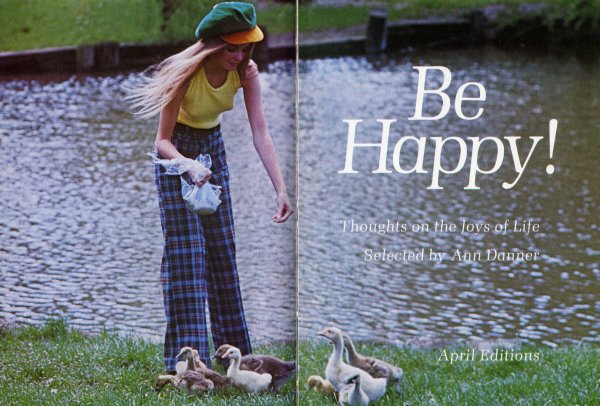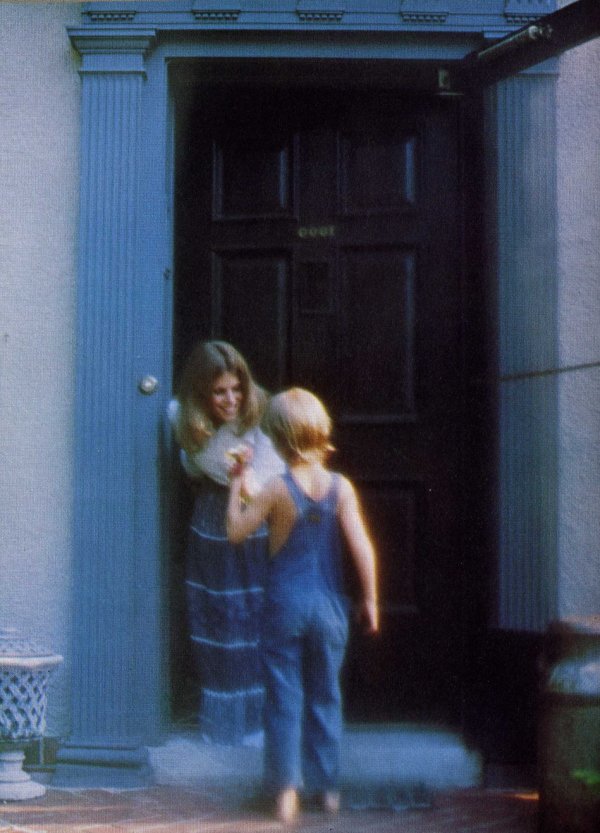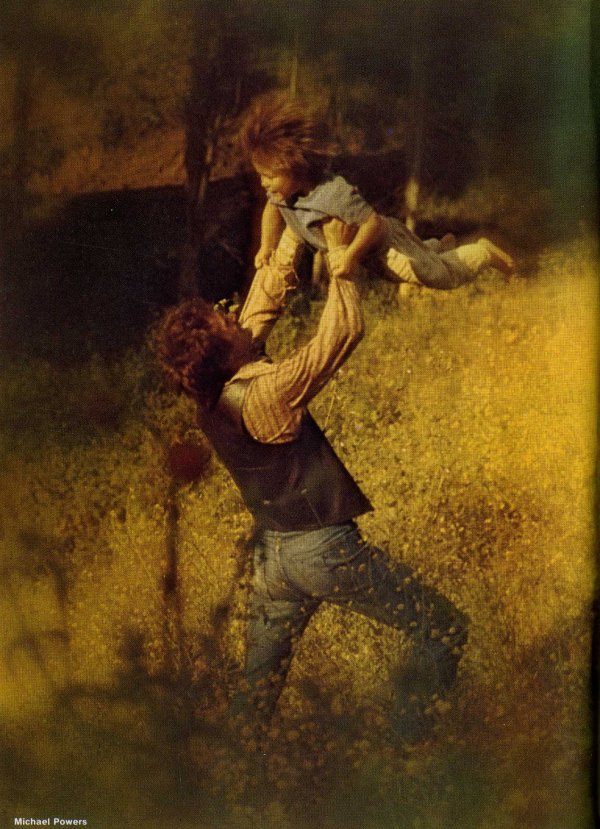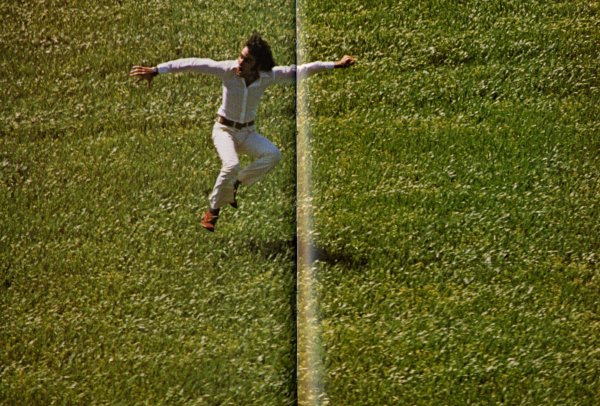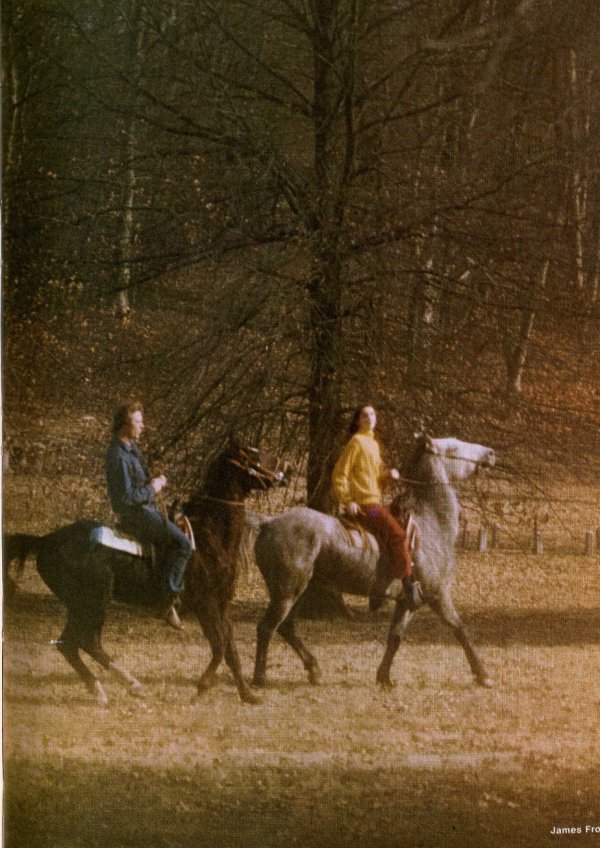I saw this play staged in 1993 or 1994 in Milwaukee at the Milwaukee Rep or one of the subsidiary theatre groups that shares the space down on Wells; at the time, I thought it was the best drama I’d ever seen on stage. I still do, but unfortunately I’m not going to the theatre as much as I did when I was a poor college student making $6.60 an hour and paying tuition. I don’t know how that happened. So my experience hasn’t gotten much broader since the middle 1990s.
This book tells the story of a successful artist, Jonathan Waxman, who visits the home of his collegiate flame in England on the eve before the opening of his first European show. There, he finds a painting from his student period that captures something of his innocence before he became famous and rich and a self-made producer of commodity art. Or maybe it’s his meeting Patty again, a woman whom he dumped unceremoniously because she was not Jewish and who’s now married to an English archeologist whom she does not love.
The play is told in a series of scenes told non-chronologically and in as varied of places as the English house where Patty and her husband live; Jonathan’s boyhood home; the college where they went to school; and the opening itself. When the Milwaukee Rep staged it, I didn’t get the correct sense of the scenes between Jonathan and his German interviewer were at the opening, so I lost a bit from it.
But I got a bit out of reading it that I wouldn’t have if I hadn’t seen it first; perhaps that’s the way to do these plays, unlike movies. Watch them live first and read the book after to see what you’ve missed.
At any rate, I liked the play and I liked the book.



